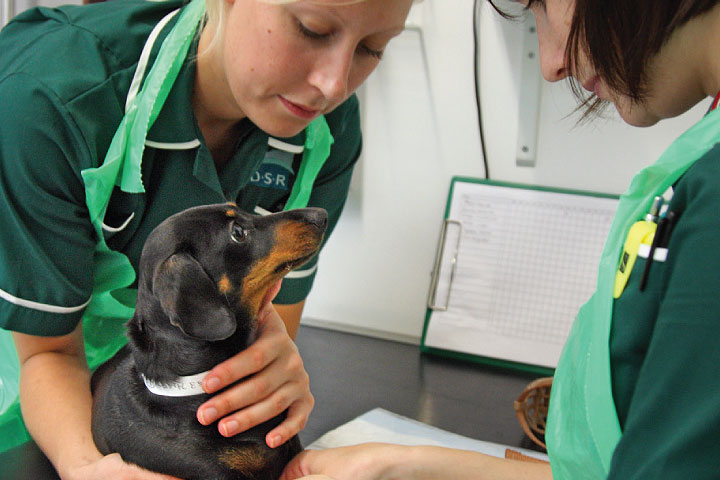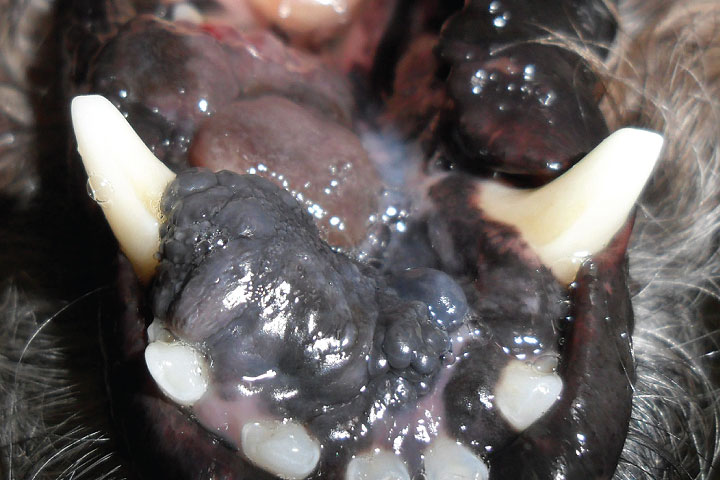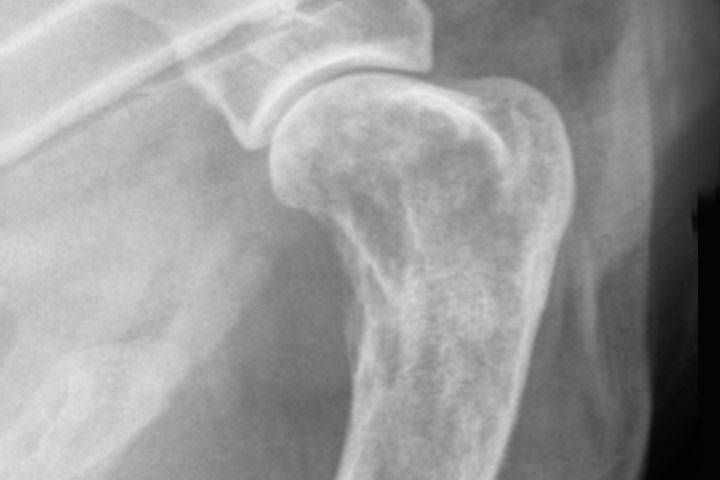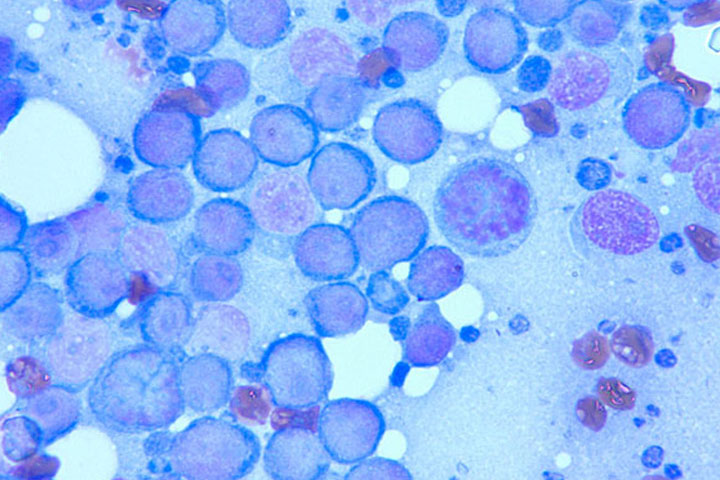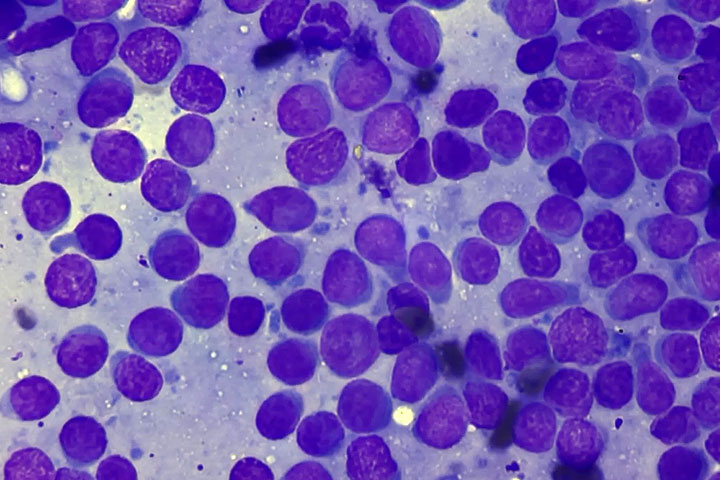Tyrosine Kinase Inhibitors
Tyrosine and kinase are two words that many of us hoped we would never have to hear again once preclinical veterinary training was complete. However, the rapid developments in 21st century medicine have led to the creation of completely new categories of medicines. For us, the tyrosine kinase inhibitors are the first in this era…
Read MoreSpontaneous Non-Traumatic Haemoabdomen in the Dog
Please, please, please do not consider spontaneous non-traumatic haemoabdomen in the dog to be a surgical emergency. Despite some opinion leaders saying otherwise, our message to you is that emergency general anaesthesia and surgery are the two most assured strategies to accelerate your patient’s demise. Spontaneous non-traumatic haemoabdomen in the dog does not only arise due to…
Read MoreThe Coughing Dog
How often do you see an old dog with a cough which just doesn’t seem to respond to antibiotics? It’s not that often, but when you do, there’s a certain sinking feeling when you realise you finally have to take thoracic radiographs and there is a very real chance that a lung mass will be…
Read MoreMalignant Melanoma
Malignant melanoma is a confusing and challenging condition. Melanoma lesions exhibit a broad spectrum of malignancy from completely benign to disastrously malignant. Some lesions are easily recognised. But these are typically the less malignant ones. The nasty ones, the ones that will catch you out, are typically less recognisable, often non-pigmented. Inappropriate interventions can then…
Read MoreIdiopathic Chronic Rhinitis in Cats
Idiopathic chronic rhinitis can be frustrating to manage, due to its largely unknown aetiology and frequent recurrence of clinical signs. Here are some top tips and thoughts on how to approach these cases. What are the clinical signs of idiopathic chronic rhinitis in cats? Chronic or recurrent signs including stertor, nasal discharge (serous, mucoid or…
Read MorePrimary Brain Tumours
Primary brain tumours are common in dogs. Certain breeds such as Boston Terriers, Bulldogs, Boxers or Golden Retrievers are predisposed whereas others seem to be more resistant (Dobermans, Cocker Spaniels). Clinical signs vary depending of the location and growth rate and include seizures, behavioural changes, decreased mentation, circling or vestibular signs. Signs of increased intracranial…
Read MoreProximal Humeral Osteosarcoma
Canine appendicular limb osteosarcoma occurs predominantly at four sites which, in order of prevalence are: distal radius, proximal humerus, distal femur and proximal tibia. A massive 22% of diagnoses are reported to arise in the proximal humeral metaphysis (versus 29% in the distal radius). Furthermore, it is our observation that the proximal humeral location accounts…
Read MoreCanine Lymphoma in a COVID-19 Pandemic
Coronavirus has caused a massive change to all of our lives. How do we manage a suspected new case of lymphoma when afflicted by staff shortages, when unsure about whether we can and indeed should recommend that a client pursues a treatment plan which requires multiple veterinary visits when PPE is in short supply? What…
Read MoreEpitheliotropic Lymphoma
Epitheliotropic lymphoma is often hard to diagnose as it can take many forms and appear similar to many other dermatological conditions. It is also treated differently to other forms of lymphoma, and up until recently, there were many treatment options and not a lot of evidence as to which work well. This is now changing,…
Read MoreEpulis (plural Epulides)
The most frequently diagnosed oral tumour in dogs is the epulis. This is a group of gingival tumours characterised by slow growth, with minimal invasion and no propensity for metastasis. There are many names that are, have been and indeed will be used to define these tumours. These names, and the fact that they seem…
Read More